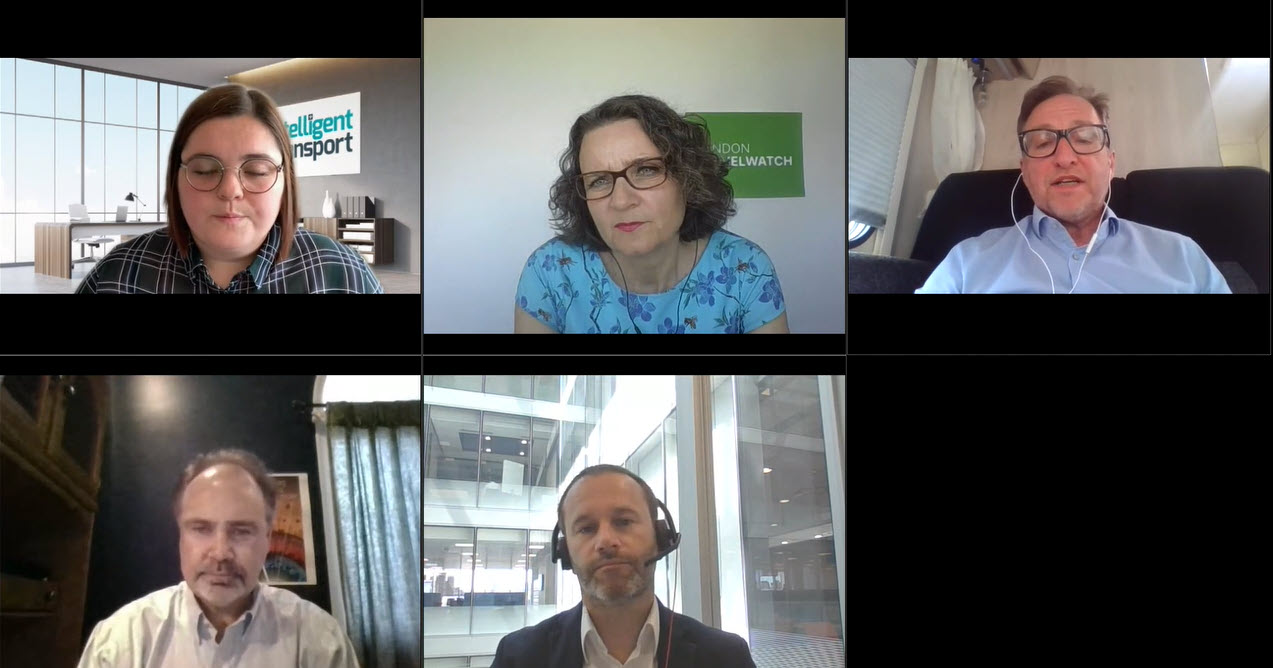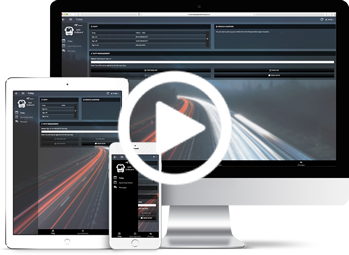Improving Journey Times to Increase Ridership
“If you want to get more people using the bus, improving journey times is the central issue.”
This statement was made by Emma Gibson, CEO of London TravelWatch, at the recent Bus to the Future webinar organised by Intelligent Transport and Trapeze Group.
Link Between Journey Times and Ridership
Research has shown a correlation between journey time and bus patronage. As outlined in a report published by Greener Journeys, 10% longer journeys can lead to a five per cent fall in ridership. Expanding on this, Emma Gibson said, “it’s no coincidence that bus ridership was falling for six consecutive years at the same time that bus speeds were falling to nine miles per hour pre-pandemic.”
Emma also cited research undertaken by London TravelWatch which indicates that by increasing the speed of the bus by just one mile per hour, TfL could save up to £200 million by maintaining service levels with fewer vehicles. This could be bolstered by extra earned revenue of around £80 million through increased patronage of buses with improved journey times. But how do we achieve this one mile per hour uplift in speed which will lead to reduction in journey time?
The Benefits of Technology
In many places, passengers pay for their bus travel with hard currency. Paul Comfort stated that, with transactions taking on average 30 seconds, some 53,000 hours per year are spent at the ticket machine. This increases journey times for passengers who must wait for transactions to complete before the bus can depart.
As an advocate for contactless technology on buses, Paul Comfort mentioned that when contactless payment was introduced onto buses in London it achieved a “40% uptake in six months.” He argues tap in and out is a much easier and faster way to pay for travel. This small uptake in speed and efficiency will, in the words of Paul Comfort, “greatly impact the time of ridership.”
Off the bus, Traffic Light Priority (TLP) ensures that buses advance through traffic signals, improving speed and reliability for passengers. One challenge historically has been identifying whether requests to change traffic lights were received or acted upon. Paul Attenborough stated that, through an update to the RTIG T031 protocol, “we’re now getting information back to understand whether that prediction request was taken.” This means that we can now see whether these requests are being actioned. This change to the RTIG protocol is discussed more here.
Utilising Real Time Data
In order to improve journey times, according to Paul Attenborough of Trapeze Group, “we’ve identified that we need to resolve ‘pinch points’ and overloads on particular services.” Pinch points are areas on the roads that experience high levels of congestion. Real-time data can be used to identify where these problematic points lie. This data can then be studied in order to understand the causes of blockages and consider the most cost-effective interventions. For example, the bus schedule could be amended in order to alleviate stress on the roads at busier times or bus lanes could be introduced to circumnavigate traffic. Machine learning can also be used to identify trends and optimise bus routes and reduce congestion.
As stated by Paul Attenborough, “real-time information is critical to drive bus journey improvements.” Accurate real-time data is vital to ensure that passengers are made aware of exactly how long a journey will take so that they can plan their route accordingly. Paul Attenborough believes that by “pulling different sorts of information together, ensuring we’re using TLP and [improving] road networks, we believe we will inspire and influence the bus services of the future.”
To further improve the passenger experience, we can overlay the real-time data with additional information such as live passenger counts. This will let people know how busy the vehicle is, allowing them to make an informed decision about which bus to take before setting out.
Conclusion
Resolving pinch points will enable a better service and reduce overall congestion. Real-time data can be utilised to understand and overcome these points of congestion and identify the best ways the intervene, whether through changes to the schedules or the introduction of bus lanes.
Technology can play a significant role in reducing bus journey times and minimising waiting at bus stops. It helps to grow trust in the bus network as a fast, effective method of travelling.
As Emma so powerfully communicated, just a one mile per hour increase in bus speed would improve TfL’s financial performance by £280m per year. As she concluded, “if you’re going to tackle just one thing to get people on the bus, this is what you would do.”
To discuss bus journey times further, please get in touch, and you can watch the entire webinar in the video below.
Bus to the Future: Imagining public transport in 2030 and beyond – and the changes needed now to ensure we get there
The Bus to the Future Webinar Panel

Clockwise from top left:
Leah Hockley, Editor of Intelligent Transport (Moderator)
Emma Gibson – CEO of London TravelWatch
Paul Attenborough – Programme Director at Trapeze Group
Warwick Goodall – Member of PA’s Management Group at PA Consulting
Paul Comfort – Host of Transit Unplugged Podcast
Here to help
Contact us and speak with one of our specialists:
+44 (0) 808 281 1039
More Info
About Us | Careers | Contact Us | Legal | Privacy
Trapeze Group respects your privacy

